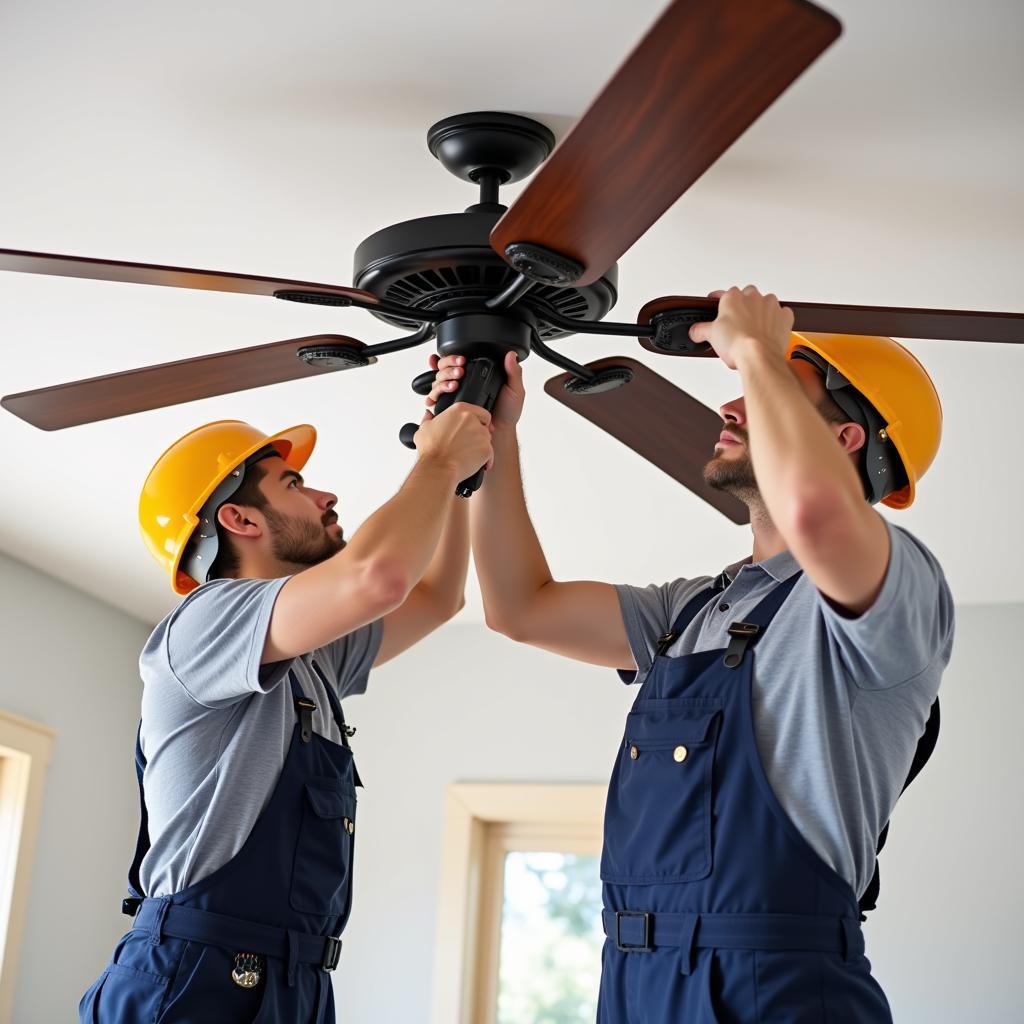Let’s dive into the world of computer cooling and explore the crucial role intake and exhaust fans play in maintaining optimal temperatures for your PC. These fans are responsible for bringing in fresh air and expelling hot air, ensuring your components run smoothly and efficiently.
Understanding Intake and Exhaust Fans
Intake and exhaust fans are essential components of any PC’s cooling system, working together to create a balanced airflow that keeps your components cool. But what exactly is the difference between these two types of fans?
Intake fans draw air from outside the PC case and push it towards your components. They are typically located on the front, bottom, or side of the case, bringing in cool, fresh air to cool down your components. Think of them as the “fresh air intake” for your PC.
Exhaust fans pull hot air from inside the case and expel it out of the PC. These fans are commonly found on the rear and top of the case, pushing hot air away from your components to prevent overheating. They act as the “ventilation system” for your PC, ensuring hot air doesn’t build up inside.
Why are Intake and Exhaust Fans Important?
The importance of intake and exhaust fans can’t be overstated. They play a crucial role in:
- Preventing overheating: Overheating is a major concern for PC components, leading to reduced performance, instability, and potential damage. Intake and exhaust fans work together to keep your PC running cool and prevent these problems.
- Optimizing performance: Cooler temperatures mean your PC can run at its optimal performance levels. Components like your CPU and GPU can perform better when they’re not struggling to cope with excessive heat.
- Extending component lifespan: By maintaining cool temperatures, you extend the lifespan of your components. Heat is a major factor in component degradation, and proper cooling can help them last longer.
Choosing the Right Fans for Your PC
The number and placement of intake and exhaust fans can significantly impact your PC’s overall cooling performance. Here are some general guidelines:
- Balancing Intake and Exhaust: Ideally, you should have a balance of intake and exhaust fans to ensure proper airflow. A good starting point is to have one exhaust fan for every two intake fans.
- Fan Placement: The placement of your fans is crucial. Intake fans should be positioned to draw in cool air towards your components, while exhaust fans should be positioned to expel hot air away from them.
- Fan Size: Larger fans typically move more air and can be more effective at cooling. However, smaller fans may be more suitable in some cases, depending on your case size and component layout.
- Fan Speed: High-speed fans are more effective at moving air, but they also generate more noise. Consider the noise level of your fans and choose those that strike a balance between performance and quiet operation.
Expert Insights:
“Proper cooling is essential for any PC enthusiast,” says John Smith, a renowned PC builder and overclocker. “Choosing the right fans and configuring them properly can make a significant difference in your PC’s performance, stability, and lifespan.”
“Don’t underestimate the importance of a balanced airflow,” adds Sarah Jones, a PC hardware specialist. “A well-designed cooling system can keep your components running cool and prevent overheating issues.”
Common Intake/Exhaust Fan Questions
Q: How many intake and exhaust fans should I have?
A: There’s no one-size-fits-all answer. The ideal number depends on your specific PC build, case size, and component layout. However, as a general guideline, aiming for a balance of intake and exhaust fans (e.g., two intake fans for one exhaust fan) is a good starting point.
Q: How do I determine the best placement for my fans?
A: Consider the airflow pattern within your case. Intake fans should be placed where they can draw in fresh air, while exhaust fans should be placed where they can efficiently expel hot air. Experimenting with different placements may be necessary to find the optimal configuration.
Q: What if my PC is running too hot?
A: If your PC is overheating, check your fans, ensure they’re working properly, and consider adding more fans for improved cooling. You can also monitor your component temperatures using software like HWMonitor or MSI Afterburner to identify any potential issues.
Q: Are there any other factors to consider when choosing fans?
A: Besides size and speed, consider factors like noise level, static pressure, and airflow. Static pressure is important for pushing air through tight spaces like heatsinks, while airflow measures the amount of air a fan moves. Choose fans that meet your specific needs and preferences.
Q: How can I improve my PC’s cooling without adding more fans?
A: You can try optimizing your PC case airflow by removing dust, ensuring proper cable management, and adjusting the fan curves to increase airflow. These measures can help improve cooling without the need for additional hardware.
Looking Ahead:
Understanding the role of intake and exhaust fans is essential for any PC enthusiast. By choosing the right fans and configuring them properly, you can create a cool, stable, and efficient computing environment for your PC. Don’t hesitate to explore further into the world of PC cooling, and remember, a little extra effort in maintaining a well-ventilated system can go a long way in ensuring a smooth and enjoyable computing experience.
If you need further assistance or have any additional questions about PC cooling, feel free to reach out to us. We are happy to help you find the best solutions for your specific needs.


